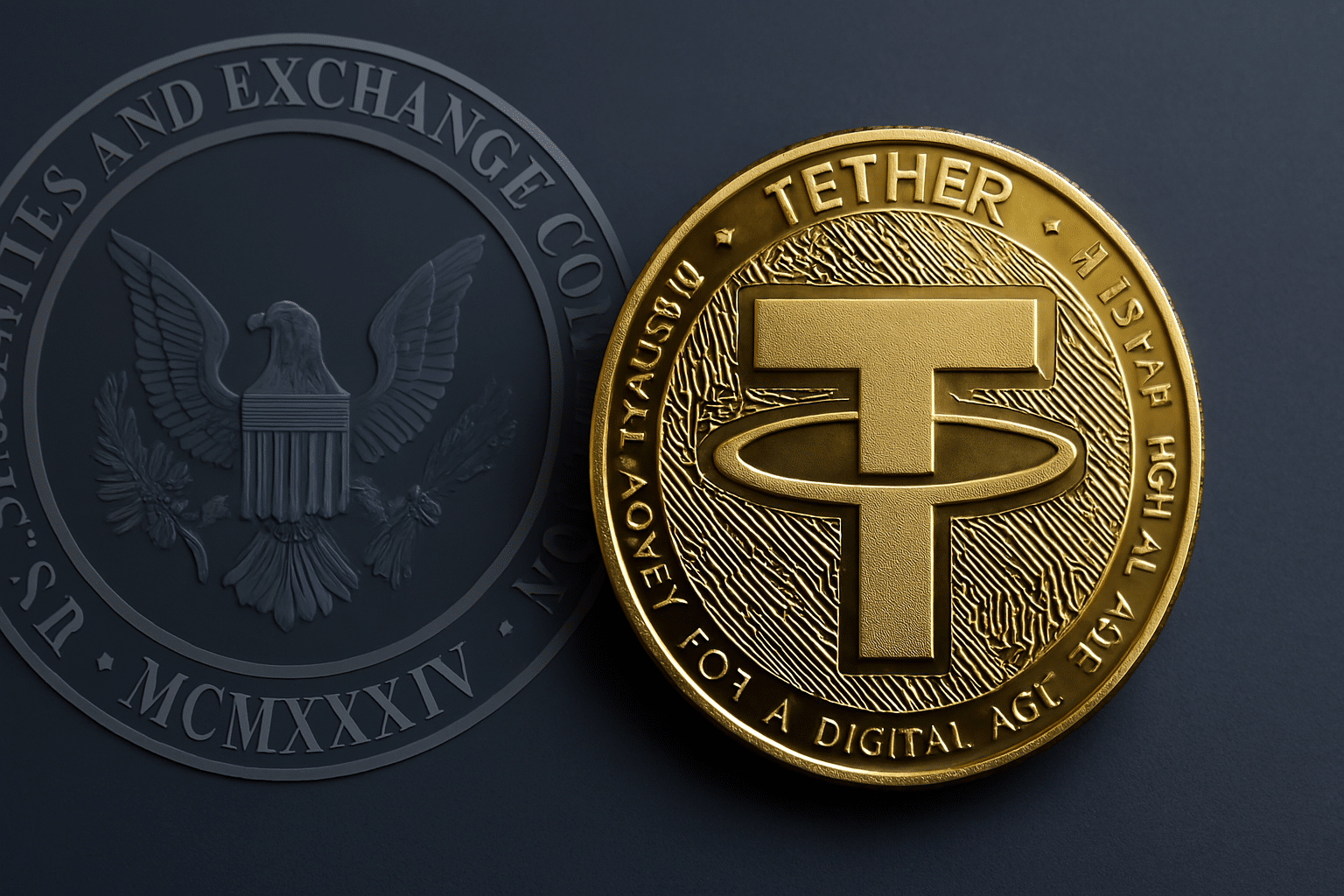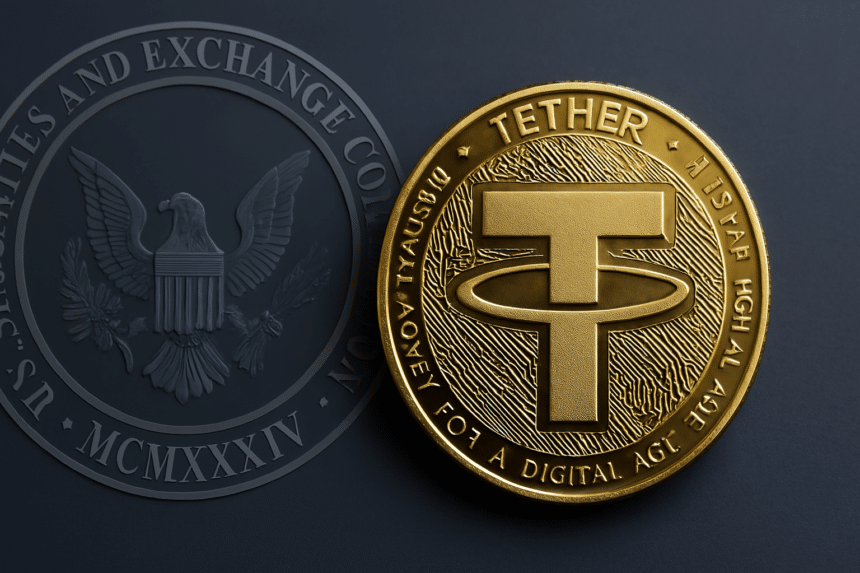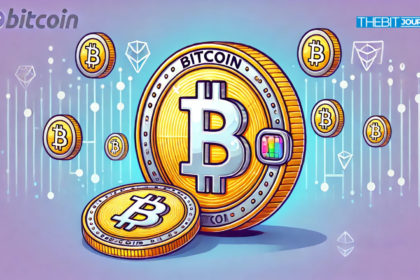In a landmark move, the U.S. Securities and Exchange Commission (SEC) introduced a new classification called “covered stablecoins,” potentially reshaping the future of digital dollar alternatives. While the update aims to provide regulatory clarity, it also places major pressure on Tether’s USDT—currently the world’s largest stablecoin by market cap.
The SEC’s new guidelines are designed to separate payment-focused digital assets from investment vehicles. But this shift raises critical questions: Can USDT meet the new standard, or is it on the verge of being delisted in certain markets?
What Is a Covered Stablecoin—and Why Might USDT Not Qualify?
According to the SEC, covered stablecoins must function strictly as tools for value transfer and payments, without offering returns or ownership features. They must be backed one-to-one by U.S. dollars or ultra-low-risk, highly liquid assets such as Treasury bills.
Tether’s USDT, however, may fall short. Its reserves reportedly include Bitcoin, gold, and other volatile assets. This composition could disqualify it from being considered a “covered” stablecoin under the SEC’s framework, which emphasizes transparency, stability, and risk minimization.
Tether’s Response: A New U.S.-Compliant Stablecoin?
Following the announcement, all eyes are now on Tether. According to Forbes, the company is considering launching a new stablecoin designed specifically to meet U.S. regulatory requirements. Unlike USDT, this new asset would reportedly be backed solely by cash and Treasury securities.
Tether CTO Paolo Ardoino confirmed that while USDT will continue to grow in emerging markets, the new product will be tailored for U.S. users seeking regulatory-compliant options. This dual-strategy could help the company maintain global relevance without sacrificing U.S. market access.
Experts Divided on the SEC’s Move
The SEC’s decision has triggered mixed reactions across the crypto sector. David Sacks, a White House crypto advisor, called it a “positive development” that eliminates regulatory ambiguity for non-investment-grade stablecoins. He believes it could pave the way for safer, more transparent options in digital payments.
In contrast, SEC Commissioner Caroline Crenshaw warned that the new guidelines oversimplify the risks. She argues that labeling complex financial instruments as “safe” could create legal blind spots and confuse retail investors.

Stablecoin Demand Surges Despite Regulatory Uncertainty
Regardless of regulatory disputes, demand for stablecoins is rising fast. In Q1 2025 alone, the stablecoin market grew by $30 billion, driven by increased adoption for daily transactions and remittances.
The SEC’s shift may spark a new wave of innovation—and competition. Should Tether proceed with a fully compliant offering, it could reshape the landscape and solidify its leadership in a more transparent, tightly regulated era.
As The Bit Journal continues to track this evolving story, one thing is clear: stablecoins are no longer on the sidelines—they’re at the heart of crypto’s regulatory future.
- https://twitter.com/Thebitjournal_
- https://www.linkedin.com/company/the-bit-journal/
- https://t.me/thebitjournal
Follow us on Twitter and LinkedIn and join our Telegram channel to get instant updates on breaking news!
Sources:
SEC Official Statement on Stablecoin Classification
https://www.sec.govForbes – Tether’s Response to Regulatory Pressure
https://www.forbes.com






























